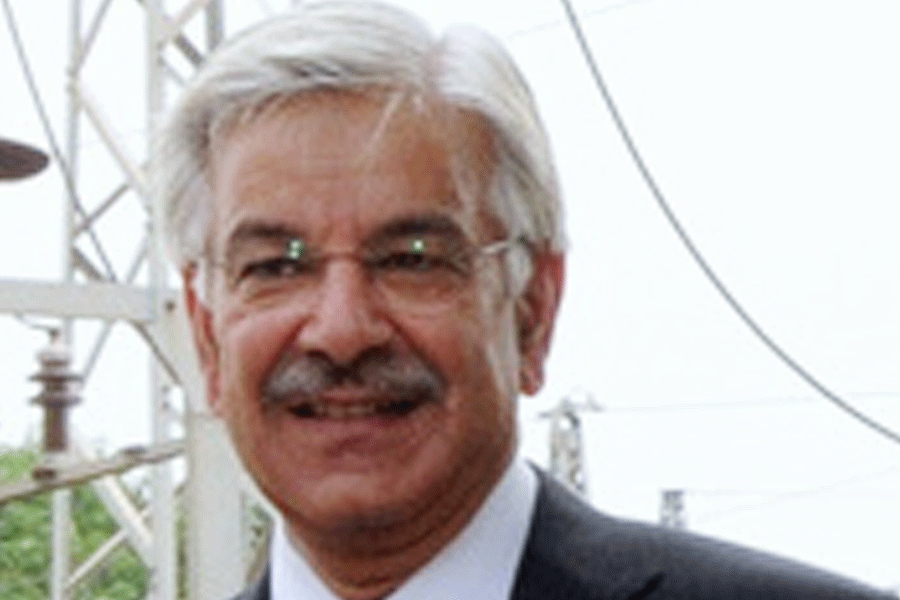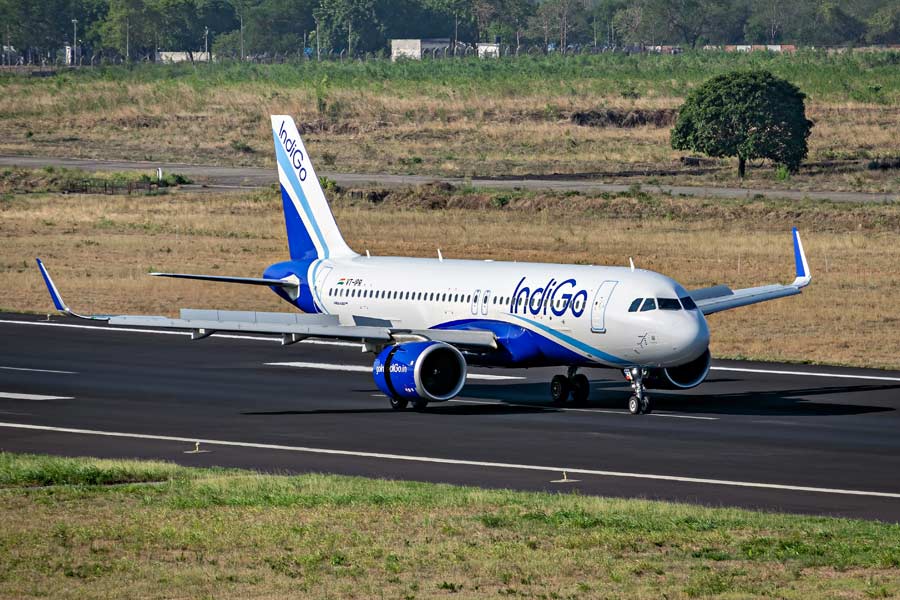 |
The new Sunny is a 10th-generation product and quite radical by Nissan’s standards. It’s the marque’s global car, designed for every prospective customer in all the 170 countries it is going to. The pertinent question is if it will meet our needs.
Built at Nissan’s plant near Chennai, 85 per cent of the Sunny’s parts are locally sourced. Hence, Nissan’s got the price spot-on. The base model, XE, costs a tempting Rs 5.78 lakh (ex-showroom, Delhi), but it is very basic. The reasonably well-equipped XL comes for Rs 6.88 lakh, while the top-end XV costs Rs 7.68 lakh. At these prices, the Sunny faces competition from various segments, ranging from the Toyota Etios to the Honda City. So does it have what it takes to make a mark?
STYLE FILE
 |
There’s no denying that the Sunny is a big car — thanks to its class-leading wheelbase. However, like the Micra, the Sunny is replete with soft lines and some nice detailing, but not enough to get your pulse racing. In fact, there are some awkward bits too — like the rear, which has a massive and ungainly overhang. But then again, it houses a 490-litre boot, which is well-shaped with a wide opening to swallow your luggage and more.
The best thing about this Nissan is its astonishingly light weight — a mere 1,027kg, despite its size. Key to this is the inherent stiffness of the V platform and bits like the ribbed roof, which add strength and eliminate the need for heavy roof reinforcements. Nissan has reduced the mass of the engine and the chassis is made with 20 per cent fewer parts. The Indian car is also not as stiff as in other markets, due to our almost non-existent crash norms, helping reduce weight further.
The rest of the Sunny is pretty standard mid-size saloon fare. The XE and the XL come with smaller 14-in steel rims, while the XV comes with 15-in alloys. The Indian-spec cars also come with a rough road package that helps improve ground clearance.
INSIDE STORY
The Sunny’s cabin is phenomenally spacious, but then, thigh support isn’t so generous. Sure, you can use all that legroom to stretch out and get comfortable, but even then your thighs are a bit off the seat. The front seats are very generous, however, and finding a decent driving position is a breeze — all variants get tilt-adjust for the steering and the XL and XV get driver’s seat height adjustment.
The cabin is a pleasing, inoffensive place to be in. The light grey fabric and plastics do a lot to brighten the ambience and there’s loads of headroom. A lot of the Sunny’s interiors are borrowed from the Micra. So the climate control unit, gear lever, door handles, door pads and the area around the glovebox are the same. The only differences are in the dials, which are chrome-ringed and look smarter, and the upper part of the centre console.
The Sunny XV is well-equipped, with features like keyless entry, power windows, electrically-folding mirrors, climate control, ABS, EBD and driver and passenger airbags. The lower XL isn’t too bad either, but it does without the alloy wheels, which add a dash of flair. Both the XL and XV get an interesting rear seat air-circulation fan. The vents aren’t directly connected to the air-con but help circulate cool air faster.
It’s the basic XE that’s poorly equipped. It doesn’t even get wheel caps and the hard, black interiors make it better suited for taxi duty.
UNDER THE HOOD
 |
The Sunny comes with a 1.5-litre, twin-cam, 16-valve petrol motor. Its 12.6-seconds-0-100kph time is no match for a City or an Etios, but isn’t too far from a VW Vento’s and you can see this in the way it drives. The 1498cc motor makes part-throttle responses peppy, giving it decent mid-range and top-end power. The best bit is the way it pulls from low speeds, making city driving simpler.
Power delivery is quite linear all the way to the redline, but isn’t as smooth or willing to be revved as a City motor. It gets quite thrashy past 5000rpm and the Sunny works best when you upshift early. It’s easy enough to maintain cruising speeds, and overtaking doesn’t require too much downshifting. The five-speed manual gearbox has a well-judged set of ratios, but the gearshift feels a bit notchy and there’s a fair bit of transmission whine as well. However, the light clutch takes some effort off the shifts.
DRIVER’S DEAL
 |
The Sunny isn’t a car that will engage the keen driver. Though it has decent body control, it simply doesn’t have the sharp steering, grip or a combination of these and it’s certainly not a car that enjoys being hustled. However, it’s stable at high speeds, thanks to the long wheelbase, and handling is very safe, with no nasty surprises.
The new Sunny is jiggly at low speeds and not very adept at handling sharp bumps. But as you go faster, it settles down to offer a fairly consistent ride. And with a tractable engine that has been tweaked for fuel-efficiency, it sipped a litre to travel 11.5km in the city and 16.4km on the highway.
FINAL VERDICT
As a simple, no-nonsense way of going about things, the Sunny is perfect. It’s got a decent engine, is well equipped and fits into the role of a family car quite well. But the Sunny’s trump card is the amount of space it offers — for the price Nissan has stuck on it. What the Sunny lacks gravely, however, is a diesel engine, which is expected in January next year. That should really get it going.
SPec check
NISSAN SUNNY
Engine: Petrol/ 4-cyls in-line, 1498cc/ front, transverse, front-wheel-drive
Power: 97bhp at 6000rpm
Torque: 13.6kgm at 4000rpm
Gearbox: 5-speed manual
Weight: 1027kg
Suspension (F/R): Independent, MacPherson strut, anti-roll bar/ non-independent, torsion beam, anti-roll bar
Brakes (F/R): Ventilated discs/ drums










